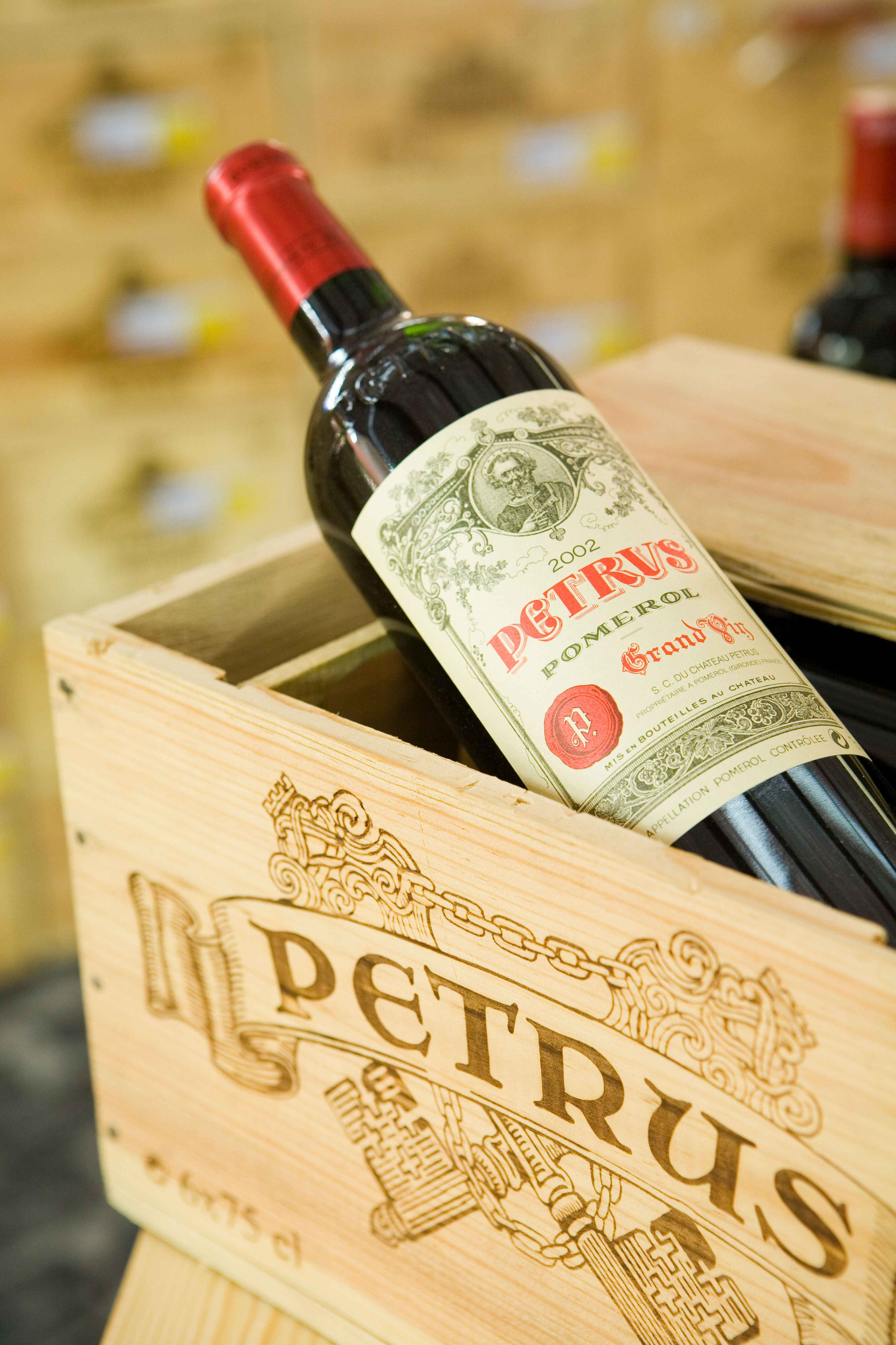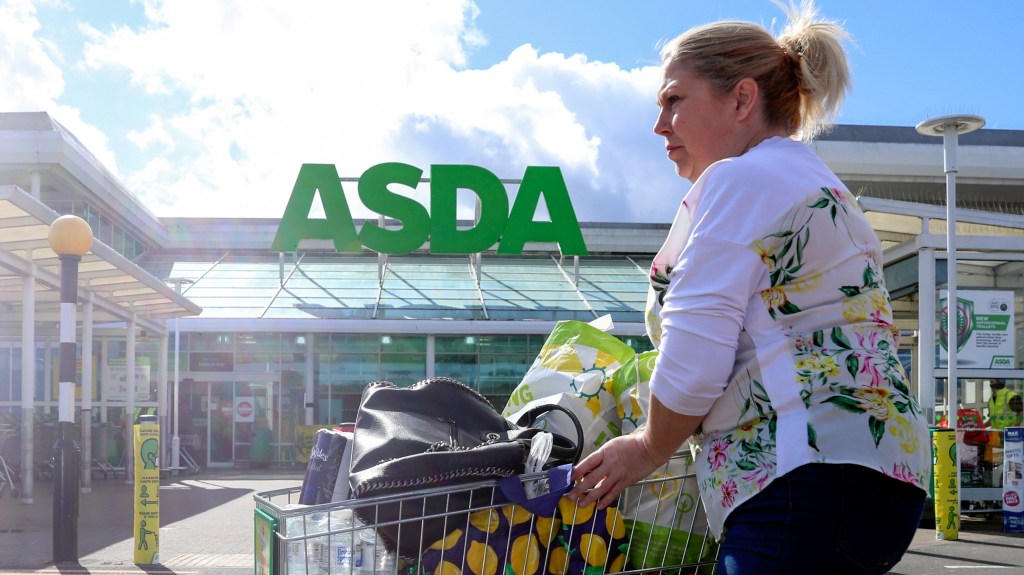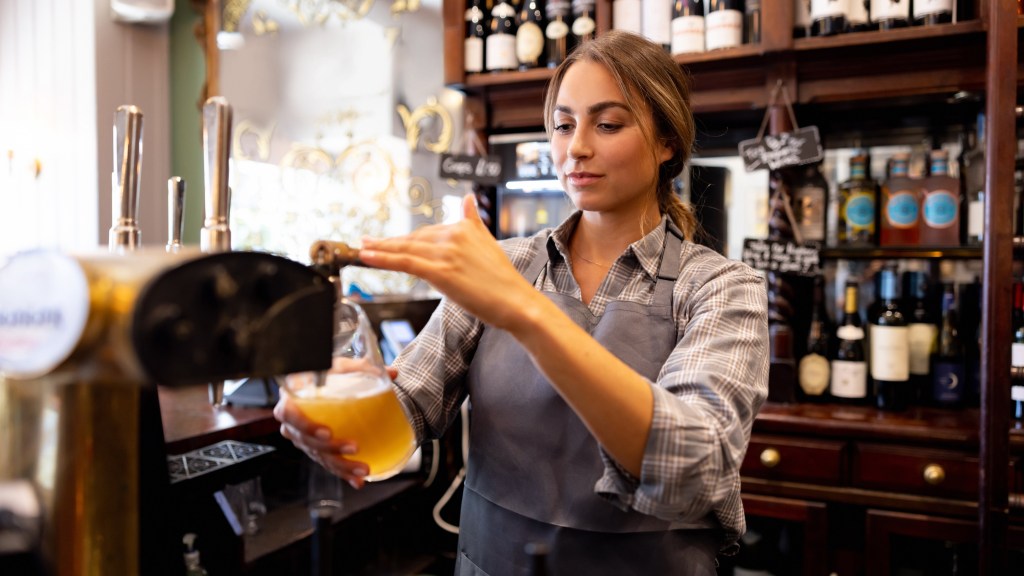Investing in Fine Wine: A Potential Boost for Your Portfolio
Building a collection of fine wine and spirits isn’t just a festive pursuit; it may enhance your investment strategy throughout the year.
According to the Knight Frank Luxury Investment Index, a report focusing on luxury asset trends, fine wine prices have increased by 146% in the past decade, while rare whiskies have surged by a staggering 582%.
This type of investment falls within the realm of what is known as “alternative assets,” a category that includes real estate, art, and classic cars. Investors seeking fresh opportunities outside stock market fluctuations may find such investments appealing, as they can provide the diversification that is critical for managing investment risk. Essentially, investing in beverages can allow for better risk distribution across various asset types.
However, how does one venture into this market, and what should investors be aware of? Here’s a comprehensive guide.
Selecting the Right Wines
The investment potential in wine can be significant. Celebrities including Snoop Dogg and Angelina Jolie have successfully entered the wine production business. Chateau Miraval, the estate at the center of an ongoing legal dispute between Pitt and Jolie, boasts an impressive estimated value of £127 million. Other stars, like Kylie Minogue and Gary Barlow, are also producing quality wines.
For those unable to establish their own vineyard, investing in wine is an attractive alternative. However, successful investment requires careful selection; not all wines available through regular retail outlets qualify as investment-grade.
According to Tom Gearing, founder of Cult Wines, “The French regions of Burgundy, Bordeaux, and Champagne lead in producing wines that appreciate in value. Yet regions like Tuscany and Napa Valley are gaining investor interest, with their superior wines also experiencing value growth. Collectors often favor areas with a rich history in winemaking.”

Noteworthy wines include Petrus from Bordeaux and Domaine Leroy’s Musigny Grand Cru, which can fetch upwards of £50,000 per bottle. Sassicaia, from Tuscany, is also a notable name to consider.
Rare wines typically command the highest prices at auction, with two bottles of 1945 Romanée-Conti selling for $558,000 and $496,000 in New York in 2018.
However, it’s important to note that less than 1% of wine produced globally qualifies as investment-grade, and while UK wines are improving in quality, they currently lack the demand seen in more established wine markets, according to Gearing. “This sector has not yet become a core market for investors. Once global interest increases, it could change.”
Understanding Wine Valuation
Fine wine value is driven by supply and demand dynamics. With limited production each year, the value of remaining bottles can rise as they are consumed.
Despite the Knight Frank index pointing toward impressive long-term value growth, fine wine prices rose only 1% in 2023, partly due to a market correction following the pandemic-driven price surge.
During market downturns, it’s crucial to ensure that the wines in your portfolio retain their value. Wines with high demand tend to maintain their worth, but investors should be aware that achieving peak value can take from two to ten years, making wine investing a long-term venture.
Wine generally performs well against inflation, similar to other tangible assets like real estate and gold.
Investment-grade wines can be purchased from merchants such as Lay & Wheeler or Berry Bros & Rudd, where experts can guide you on optimal wine selection and storage solutions.
When buying through a merchant, your wine can be stored “in bond,” meaning it is kept in a government-approved bonded warehouse that is secure and monitored. Though there are storage fees, they also typically cover insurance.
The in-bond status provides tax advantages; however, if you choose to consume any wine, additional duties and VAT will apply.
Alternatively, wine investment firms can manage purchases in your name. Companies like Cult Wines offer professional portfolio management, aligning wine selections with your investment goals and risk tolerance. Cult Wines also features a self-directed app, Cult X, for personalized wine investing.
When utilizing a management firm, be aware of applicable fees, which can include an annual rate generally between 2-3% of your investment, along with potential selling fees based on profits.
The Whisky Investment Landscape
The whisky investment market is largely driven by Scotch, with many reputable distilleries located in Scotland. The Scotch Whisky Association notes that distillation in Scotland dates back to at least 1494.
Investing in whisky can be rewarding, with the Knight Frank index noting a 322% return on rare whiskies over ten years.
Single malts are particularly appealing to investors, with a bottle of Macallan 1926 single malt fetching an eye-popping $2.7 million at auction in November 2023—more than double its estimated value.
Whisky investing shares traits with fine wine investing; rarity typically translates to higher value, with celebrity endorsements also influencing trends. Notable names like David Beckham and Sir Rod Stewart have launched their own whisky brands.
Private investors can choose to buy either bottles or casks from renowned distilleries, including Dalmore and Ben Nevis.
If you’re unsure about navigating the whisky market, companies like Whisky 1901 offer guidance to help you find suitable casks. As Aaron Damiano Sparkes, founder of the company, explains, “Whisky is now viewed as a possible asset class for investment, accessible and versatile.”
Ensure that any whisky broker you select possesses a WOWGR license, validating their authorization by HMRC to manage goods in duty suspension within a bonded warehouse. Similar to wine investing, understanding the fees associated with the buying and storing of whisky is paramount.
Tax Implications of Whisky and Wine Investments
A key benefit of investing in wine and whisky is the potential exemption from capital gains tax (CGT). Assets anticipated to last less than 50 years when purchased are considered wasting assets and may not incur CGT upon sale.
However, Ian Dyall of Evelyn Partners cautions that some fine wines and whiskies could exceed this lifespan, potentially resulting in CGT on profitable sales of those assets. Consulting with a tax professional can help avoid unexpected tax liabilities.
In the event of an investor’s passing, any wine or whisky investments will contribute to the estate’s value, potentially incurring inheritance tax.
Important Considerations
Investing in wine or whisky is a niche market compared to broader investments such as funds, and investors must be cautious of becoming too enamored with the allure of these assets, overlooking the associated risks. Such investments are unregulated and lack consumer protections, making them high-risk opportunities ideally suited for experienced investors; obtaining professional advice is advisable before proceeding.
Pippa Vick from The Private Office advises caution when it comes time to sell. “Similar to property, selling wine and whisky can take time. Various factors, like economic downturns, can impact market attractiveness for luxury items.”
Investors should also be wary of scams within the wine and whisky market; transactions should always be conducted through trustworthy brokers.
Alternative Investment Avenues
For those wishing to engage in the market without the complexities of direct ownership, purchasing shares in wine or whisky-producing companies could be an option.
This regulated approach aids in safeguarding your funds, unlike direct physical asset ownership. Companies such as LVMH and Diageo possess notable brands in this sector, potentially providing exposure without the encumbrances of asset management.
Exchange-traded funds (ETFs) focusing on consumer staples often feature drinks companies, such as the iShares MSCI Europe Consumer Staples Sector ETF, which lists Diageo among its principal holdings.

‘I Invested £23,000 in Scotch and I Don’t Even Drink Whisky’
Martin Molloy, a former firefighter from Nottingham, decided to invest his pension lump sum into something unconventional upon retiring three years ago.
At 54 years old, Molloy, who lives with his wife and two children, has always maintained a variety of investments including stocks, shares, and rental properties.
“After a friend mentioned whisky investing during a casual walk, I became intrigued—even though I’m not a whisky drinker myself,” he shared.
Molloy invested £23,000 in three casks over six months through the whisky investment firm 1901, choosing casks from Ben Nevis, Benriach, and Aultmore to hold for the long term.
Unfortunately, his need for cash arose two years later, prompting him to seek valuations for his casks. He was pleased to find their value had significantly appreciated. However, he also understood that valuation figures may differ from actual sale prices, initially raising concerns about liquidity.
The casks were sold about five weeks after he made his decision, ultimately resulting in a 30% overall gain, with one cask soaring by 45% in value.
Molloy is optimistic about future investments when the timing feels right. “I’m uncertain if I’ll achieve that level of profit again, but I’m definitely willing to try.”




Post Comment